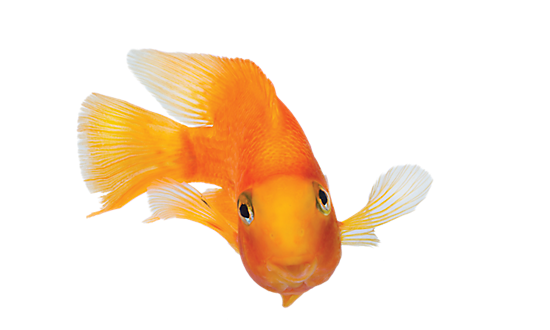Hi children,
Here you can download the PPP about invertebrates:
INVERTEBRATES
See you,
Paula
martes, 28 de marzo de 2017
viernes, 24 de marzo de 2017
Invertebrates
Hello everyone,
This week we have started learning about invertebrates. Here you can read the information we have summarize about them and watch some videos.
VIDEOS ABOUT INVERTEBRATES
Next week, we will study the next three groups.
Enjoy the weekend and leave a comment:
What are you going to do this weekend?
See you,
Paula
This week we have started learning about invertebrates. Here you can read the information we have summarize about them and watch some videos.
VIDEOS ABOUT INVERTEBRATES
Next week, we will study the next three groups.
Enjoy the weekend and leave a comment:
What are you going to do this weekend?
See you,
Paula
viernes, 10 de marzo de 2017
Summary audios
What do we need to know?
Hello guys,
During this week we have studied about birds and fish. Here you have the information you need to know about these two groups:
BIRDS





During this week we have studied about birds and fish. Here you have the information you need to know about these two groups:
BIRDS
What is a bird?
Birds are vertebrate animals. It means they have a backbone or spine.

What
are their characteristics?
-The main characteristic of a bird are the feathers.
It is the only animal that has them.
- Other important features for birds are wings
and hollow bones, which make the bird light in order to fly.
- They are endothermic. Also known as “warm-blooded”,
they regulate their own body temperature which allows them to live in almost
every climate on Earth.
- They are oviparous. They lay eggs with hard, waterproof shells.
Where do they live?
Different species of birds suit different types of natural habitats. A habitat includes all four necessities for a bird´s survival: food, water, shelter and nesting sites.
Where do they live?
Different species of birds suit different types of natural habitats. A habitat includes all four necessities for a bird´s survival: food, water, shelter and nesting sites.
- Non-migratory birds occupy the same habitat year-round, but may adjust their behaviour to suit different seasons.
- Migratory birds change habitats seasonally, and they may be hundreds or thousands of miles apart. They seek out similar habitats that meet their needs in different locations at different times of the year.

FISH
WHAT IS A FISH?
Fish are the
biggest group of vertebrates. Fish live in fresh water or in the sea. Most fish
are oviparous, but sharks, for example, are viviparous.

MAIN CHARACTERICTICS
- They are cold-blooded animals that live in the water. They can´t control their body temperature.
- Reproduction: Most fish are oviparous. Some fish keep their eggs in their mouth until they hatch.
- Nutrition: Fish can be carnivores, herbivores or omnivores.
- Respiration: They breathe with their gills. They take in oxygen from the water through their mouth and release carbon dioxide through their gills.
- Physical characteristics: They have a tail and fins which help them move around. Their skin is covered in scales which protect their body.
TYPES OF FISH
There are
32.000 different species of fish. There are three major types or classes of
fish:
1.
Jawless fish:
For example lampreys and hagfish.
2.
Cartilaginous fish:
They are jawed vertebrates with skeletons made of cartilage not bone. Some examples are sharks and rays.
3.
Bony
fish: They have got a skeleton made of bone. Salmon, tunas, etc. are examples of this type.

On Monday, I will ask you some questions about it. Remember to do your own summary at home:
STEPS TO CREATE YOUR SUMMARY OR POSTER:
1. I read the information at least twice.
2. I underline the most important information.
3. I check the words I don´t understand.
4. I organise the ideas in a craft.
5. I create my summary or my poster.
Have a nice weekend,
Paula :)
sábado, 4 de marzo de 2017
New things!
Good afternoon everyone,
This week has been great. On Monday we had Ismael´s dad presentation about DNA. The experiment was really funny. Thanks Pedro!
We have done the summaries about vertebrates. Next week we will prepare the presentations :)
The first group we are studying is birds.
Here you can see a video about it:
Remember to listen to your minibook.
Have a nice weekend! See you on Monday,
Paula
This week has been great. On Monday we had Ismael´s dad presentation about DNA. The experiment was really funny. Thanks Pedro!
We have done the summaries about vertebrates. Next week we will prepare the presentations :)
The first group we are studying is birds.
Here you can see a video about it:
Remember to listen to your minibook.
Have a nice weekend! See you on Monday,
Paula
Suscribirse a:
Comentarios (Atom)





